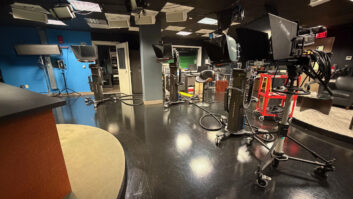This item would normally be placed in my RF Shorts section, but due to its usefulness for a wide range of readers, I wanted to make sure my readers noticed there is now an Internet site that allows you to model circuits without the need to buy or download software.
The CircuitLab Website explains that: “We are happy to announce the launch of CircuitLab, the first Web-based circuit simulator with the power and accuracy needed for board-level design tasks. CircuitLab is now available free of charge to practicing electrical engineers, engineering students, and electronics hobbyists around the world.”
CircuitLab works with Windows, Mac and Linux operating systems. Recommended browsers are Firefox or Google Chrome. Circuit designs can be shared simply by cutting and pasting a URL.
CircuitLab has posted on its Website some questions that its tool could answer. These include:
• If I use my microcontroller’s digital PWM module for audio output, how will my low-pass filtering affect the signal before it goes into my speakers?
• Is my 1N4148 diode good enough to clamp the inductive voltage spike from my solenoid, and if not, how about the 1N5817?
• What’s the bandwidth for this TL082 op-amp as a gain-of-100 inverting amplifier?
• Can I build a simple LED current regulator using a LM317 adjustable voltage regulator, and can I do it using just one transistor instead?
CircuitLab notes in its comments on uses for practicing engineers:
“Our user-friendly schematic capture tool lets you explore the design space in a fraction of the time of traditional tools. SPICE-like models with a mixed-mode simulation engine help you apply one tool to a wide range of design tasks, from digital to analog, DC to VHF and beyond.”
You can take it for a spin at www.circuitlab.com.
This article originally appeared in TV Technology.







